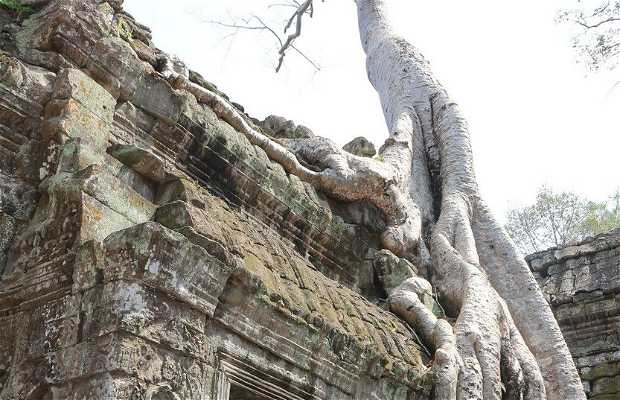Ta Prohm
I have visited few places in the world so magical and disturbing as Ta Prohm. As you approach a different atmosphere, you will enter into what looks like an unexplored and hidden kingdom. For a few minutes it seems you can recover the atmosphere and spirit of the explorers of the time, and if you're lucky like me, go off season, and the experience is sublime. It is deally situated in each of the corners and you can enjoy the communion between man and nature. Notice how every brick and every stone in place has remained upright by the grace and favor of invasive nature, or rather by re-conquering nature, which ultimately always tries to claim its own.








































